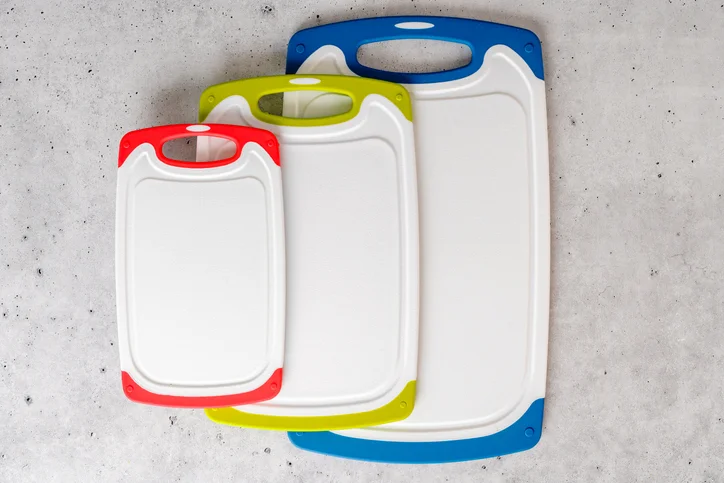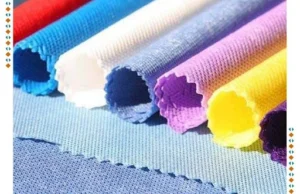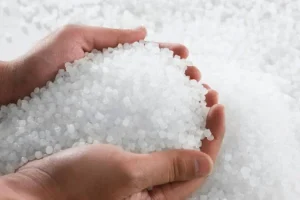- BY nwmcadmin
- POSTED IN Plastic Injection Molds, Product Development
- WITH 0 COMMENTS
- PERMALINK
- STANDARD POST TYPE

Polyethylene (PE) and polypropylene (PP) are both thermoplastic polymers, each possessing distinct properties and applications. When comparing polypropylene to polyethylene, it is crucial to recognize that they serve different purposes and are not always interchangeable. Polyethylene is derived from the polymerization of ethylene, while polypropylene results from the polymerization of propylene. Understanding these differences is essential for selecting the appropriate material for specific applications.
What is polypropylene?
Polypropylene is a robust and rigid polymer, known for its ease of processing and ability to maintain its properties across a wide range of temperatures, making it highly versatile. Is polypropylene the right plastic for your product? Let us examine its specific properties and applications to determine its suitability.
Polypropylene properties

Polypropylene has a low density compared to other plastics, making it relatively lightweight. However, it is also rigid with high tensile strength, meaning it can withstand considerable pulling forces without breaking. This makes it a durable material that’s great for products that need to receive higher amounts of stress while still keeping their shape. Also, its relatively high melting point allows polypropylene to be used in applications requiring heat resistance. All of these properties contribute to the versatility of polypropylene.
Polypropylene’s structural drawback is that it can become brittle at lower temperatures. However, additives can mitigate this issue. Additionally, polypropylene tends to expand and contract significantly with temperature fluctuations— something to consider for applications requiring precise fitting or sizing.
What projects use polypropylene?

There are many different applications of polypropylene. Due to its lightweight nature and density, it is very useful in applications such as packaging equipment and automotive parts, where low density and light weight make a big difference in product performance.
Other use cases include textiles such as ropes, blankets, and rug, due to its tensile strength. The chemical resistance it offers makes it useful in construction and medical uses.
What is polyethylene?
Polyethylene is the most commonly produced plastic. It comes in multiple compositions, including low-density polyethylene and high-density polyethylene. It is a thermoplastic polymer that is extremely versatile in many industries.

What projects use polyethylene?
Polyethylene is ubiquitous in modern life. Low-density polyethylene (LDPE) is particularly notable for its toughness and flexibility, making it ideal for grocery bags, packaging films, freezer bags, and medical tubing. Its chemical resistance also lends itself to applications such as pond liners, irrigation pipes, and other waterproof membranes. Additionally, LDPE is widely used in automotive parts due to its versatile and durable nature.

High-density polyethylene (HDPE) is more rigid and strong, making it suitable for various packaging products, such as milk jugs and shampoo bottles. Its rigidity also makes it ideal for water and sewage pipes, window and door profiles, and car bumpers and panels. Additionally, its weather and UV resistance make HDPE perfect for outdoor furniture and storage bins, such as trash cans and recycling bins.
Is polyethylene toxic?
This is a common question. Rest assured, it is a non-toxic plastic, making low-density polyethylene useful for food and toy packaging and high-density polyethylene useful for the toys themselves as well as cutting boards.
Polypropylene vs polyethylene
Having reviewed both of these polymers, which is best for your project? There are many other use cases that may call for one over the other.
Review the specific needs of your project and work with your molder to determine what is best for your business.
Are polypropylene or polyethylene recyclable?
Like many thermoplastics, PE and PP are both recyclable. The success of recycling these plastics depends on proper collection, sorting, cleaning, and processing, as well as the demand for recycled materials. But they will be able to retain their core properties even after being melted down and reshaped.
Which is best for your project?
Collaborate with your injection molder to determine the best type of plastic for your project. Although polyethylene is more commonly used, no thermoplastic is inherently superior to another. For instance, polypropylene is often better for fabric applications, while polyethylene is more suitable for products used in the cooking industry. These examples highlight the diverse applications of these materials. An experienced plastics manufacturer can guide you through the production process and help you decide which material to use.
Still have questions? Let us know!
Are you considering using PE or PP in your next product? For over 50 years, we have been molding these and many other types of plastics into successful products for our clients. Request a quote from us today to take the first step in turning your idea into a reality.


